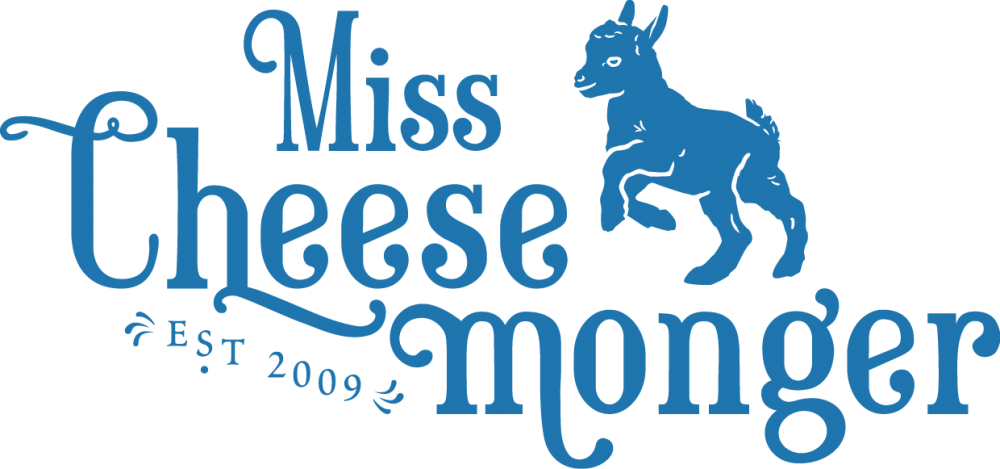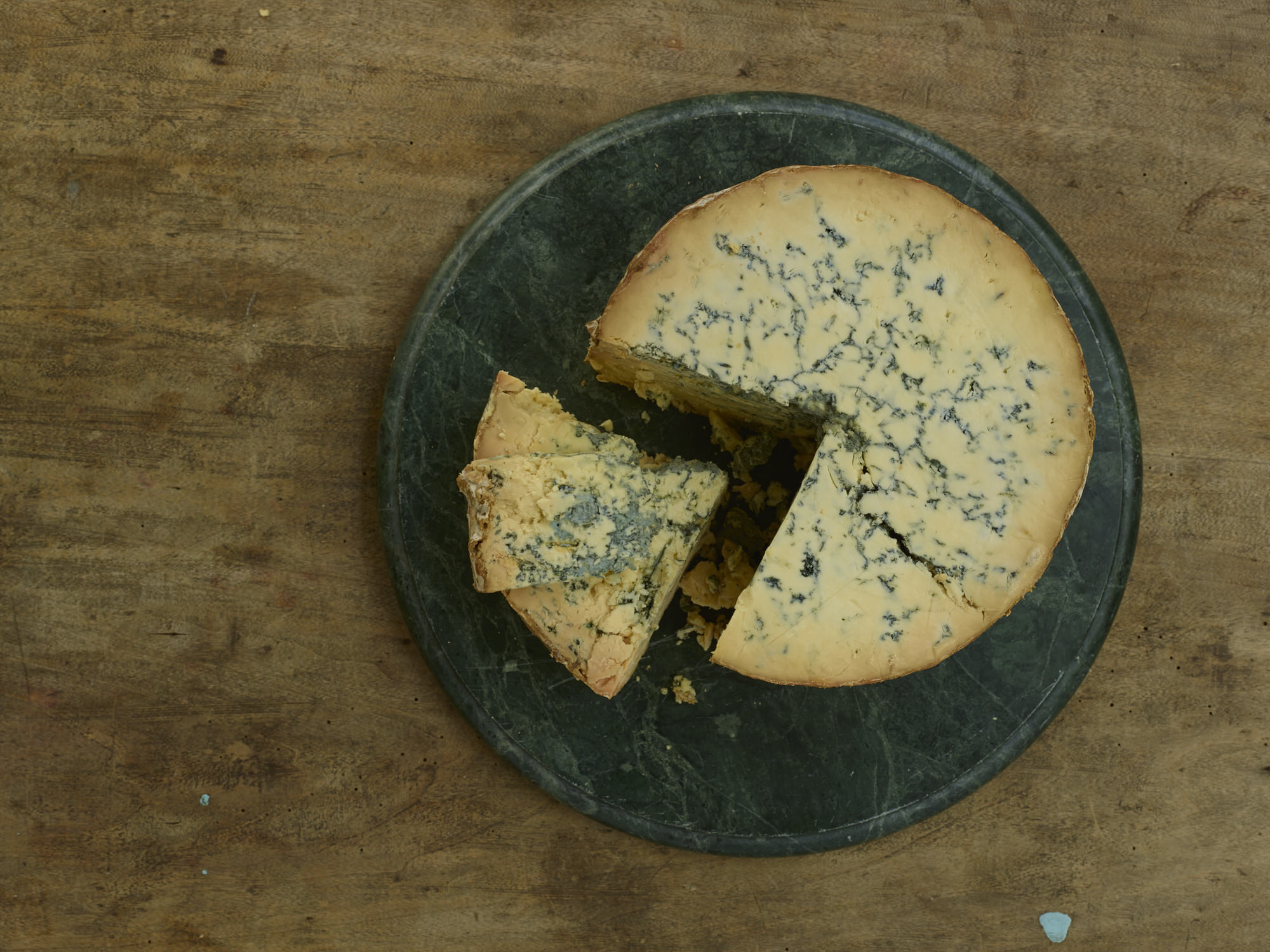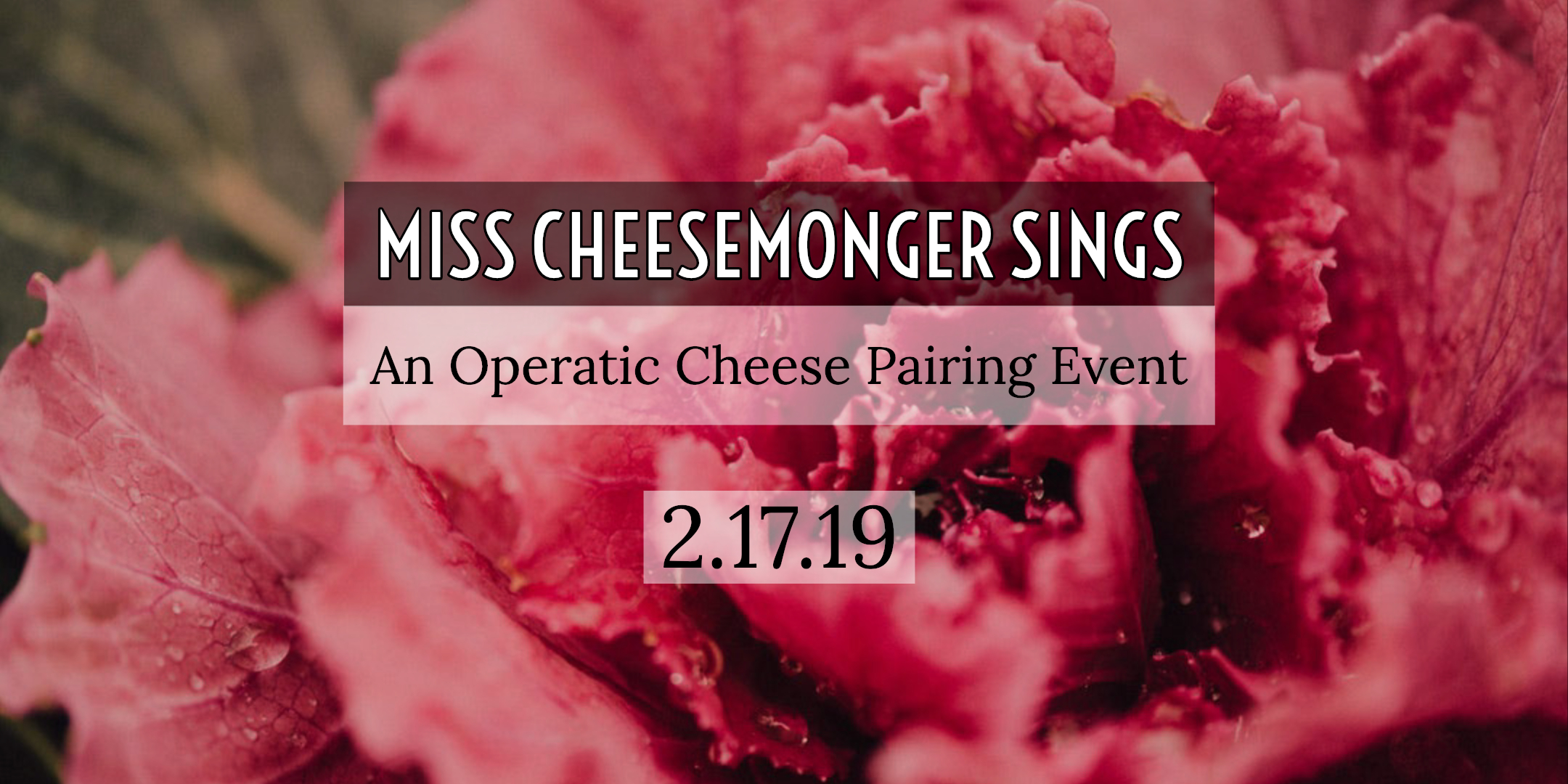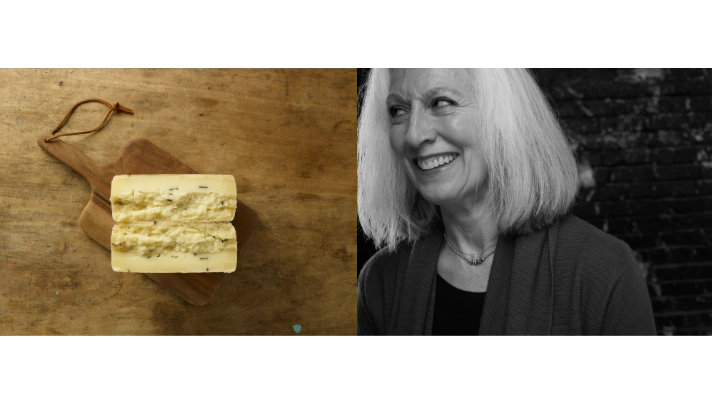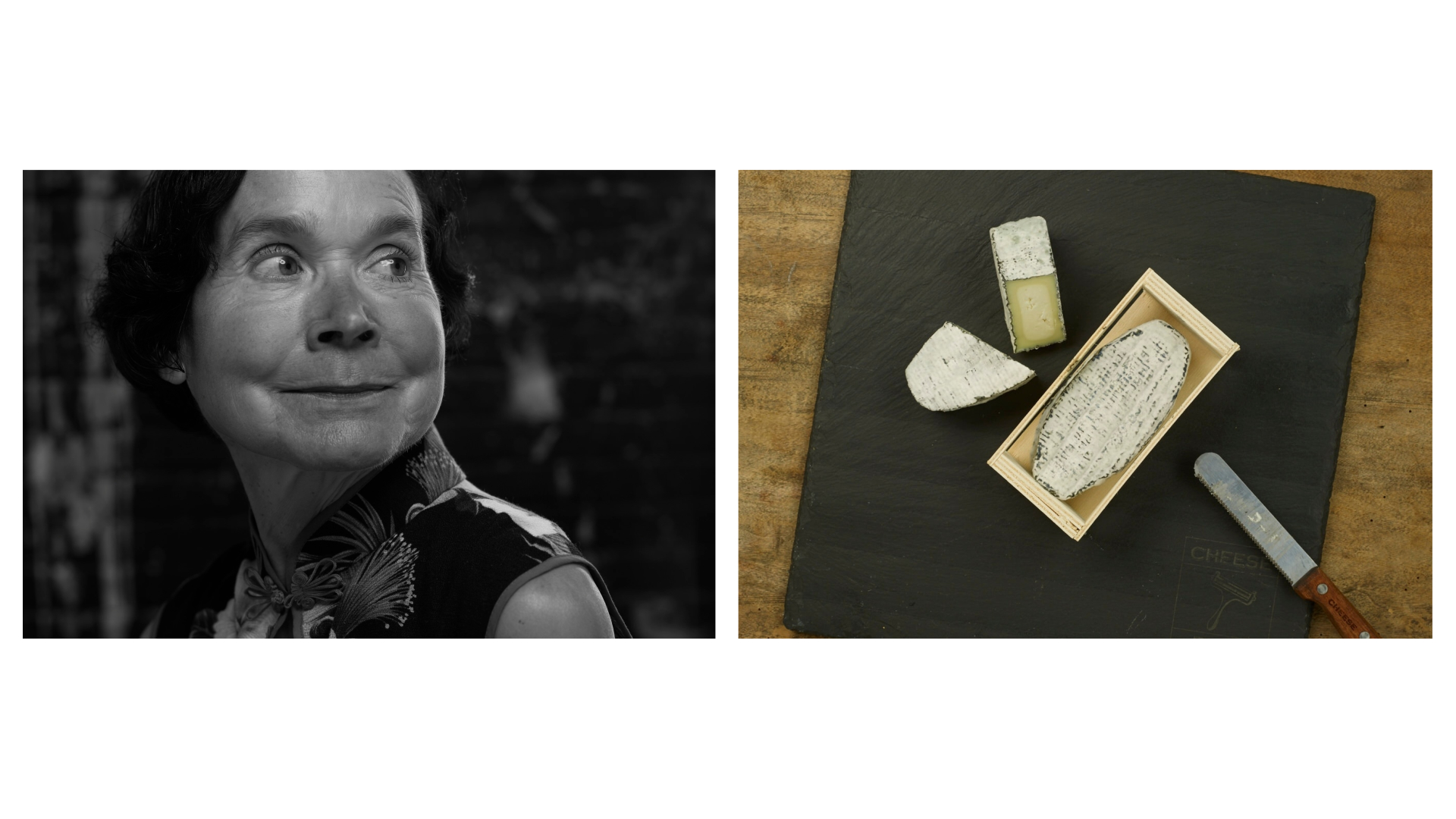Hello, my friends! Welcome to the second installment of “Portraits Plus,” a joint project involving my neighborhood cheese shop Cheese Plus, internationally celebrated photographer Simon Puschmann (he took the two stunning photos in this article), the Pantry creative services, and Miss Cheesemonger. Through this series of interviews and portraits of people and still life images of their favorite cheese, we are celebrating the diverse and colorful cheese-loving community right here in San Francisco.
You can read our inaugural installment here.
This week, we present the profile of Mark Malkas, a regular to Cheese Plus, poetic lyricist, and longtime SF resident. When he responded to my questions, he sent one a day so that I received a small gem of storytelling in my inbox over several days! Here’s his interview:
When was your Aha! moment with cheese?
It was Ray and his opening of The Plus that signaled a corresponding opening of my eyes to the world of cheeses. Before then, the space that is now Cheese Plus was occupied by a less ambitious but similar enterprise (I believe called “Leonard’s”) that I would visit now & then for raw pasta or the occasional block of feta or cheddar; but the presentation was low-energy and offhand. When Ray took over, the array of product was expanded and the vista of cheese got presented in a more invigorating and informative way. The topic of cheese, it turns out, can be nearly as exciting and varied as that of wines!
Tell us why you chose this particular cheese, Colston Bassett Stilton from the UK, as your favorite.
It adds bang to salads and yet is entertaining just for the nibble. I prefer Stilton over other bleus because it’s less sweet. I consider it the stateliest of all bleus and like to imagine a head of it collared in linen as the centerpiece of a cheese board at some highfalutin fete in London that I would never be invited to.
With whom would you share this cheese?
Harpo Marx, for obvious reasons.
What keeps you coming back to Cheese Plus?
It’s Ray’s curatorship that does the trick. Sure, the array of cheeses is real satisfying, but that’s nowhere near the whole story. You can count on finding a remarkable array of locally sourced items: fresh-daily breads and other baked goods, sweet farm greens, exceptional eggs (crack one and compare its alert orange noggin with the pale baleful yolks of the henfruit from the organics purveyors down the road to see what I mean). Ray shops the best pickled products (I’m a fan of the raw kraut), jarred beans, mustards, salts, hotshot cured meats. And we do ferry him off abroad occasionally to find us those special European items. And finally there’s the periodic “food fairs” meant to startle us out of our gastronomic grooves. And O yeah, Ray hires smart, nice folks into the bargain. Whew! Over & out.
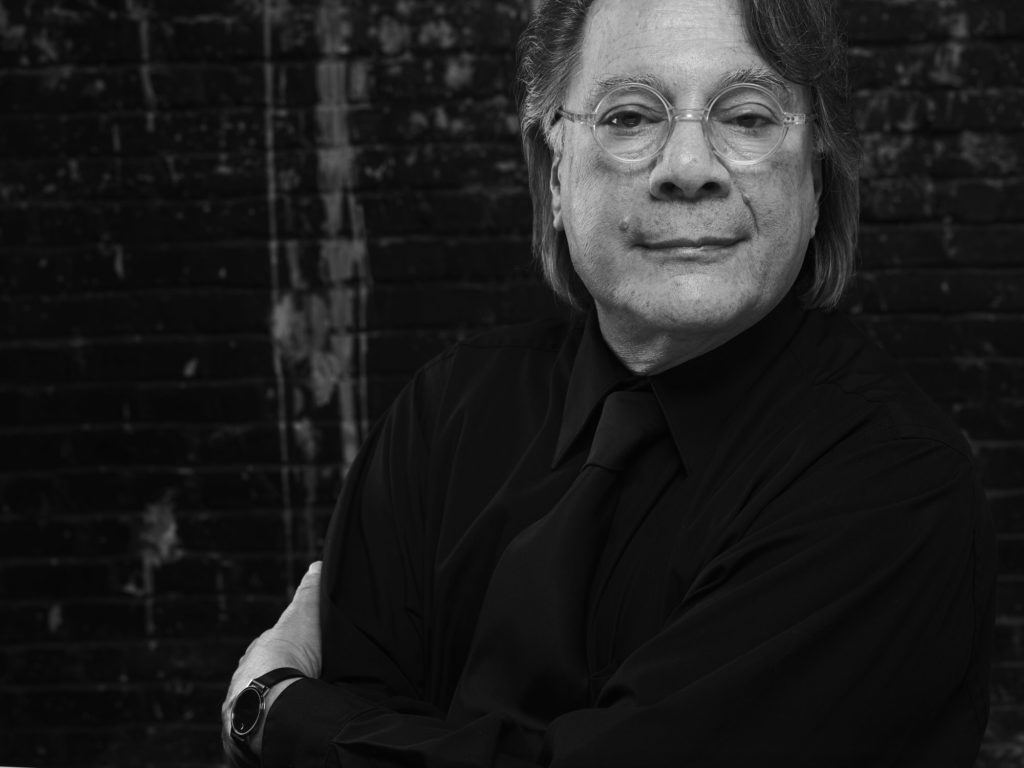
Cheese Plus owner Ray on Mark’s selected cheese, Stilton.
Stilton is one of 3 unique and classic blue cheese styles; Roquefort of France, which most other blue cheese in the world are styled after, and Gorgonzola of Northern Italy. Oddly enough, Stilton, which dates back to the 1700’s, takes its name from the town of Stilton where it was served and sold, but the cheese was never made there. Today, only 6 producers of Stilton exist in England, and we’ve always found Colston Bassett’s Stilton imported by Neal’s Yard Dairy in London to be our favorite. Colston Bassett hand-ladles freshly formed curds into the tall cylindrical molds rather than pump the curds through a vacuum hose. This gives the resulting cheese a more delicate texture. Once the cheese has aged a bit and the flavors have developed, only then is the cheese pierced to allow the blue mold to grow within the cheese. This ‘slow-hand’ method produces a crumbly yet creamy open texture that is key to its charm with little pockets of tangy saltiness and blue mold – no two bites are the same.
Simon Puschmann on color and lighting choices made for this series:
Black and white reduces, abstracts– for me, it’s just the classic way to explore a face. Color can distract. Black and white is just pure and simple. It makes you read and study a face. Not only did I chose color for the cheese and BW for the portrait but I also chose two different lighting scenarios– a more emotional light for the portraits and a more factual light for the cheese. To me both images are studies. A study of a face and a study of the cheese that the “model“ chose to be their favourite. I chose a very neutral lens and angle for both to keep the images close together from a graphic
design point of view. The portraits were shot pretty much dead on horizontally and
the cheese still lifes were shot dead on vertically.
Stay tuned for more portraits coming up soon!
